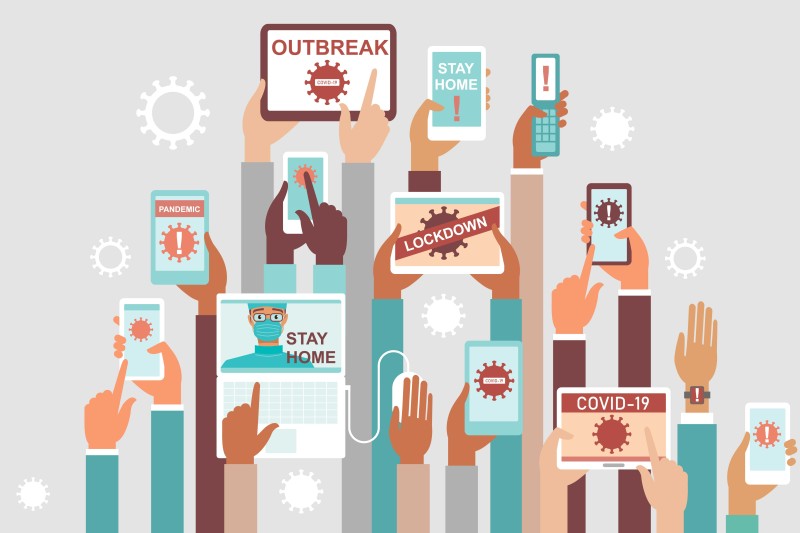Periods of instability, change and uncertainty are intertwined with questions concerning responsibility and blame.
This project, funded by a British Academy and Leverhulme Trust small research grant, explores blame dynamics around COVID-19 and its impacts.
It focuses specifically on exploring the actors identified and constructed as blame agents in media reporting and online public comments during the pandemic. Importantly, it aims to explore blame dynamics beyond the initial phases of this crisis and as COVID-19 transitioned to its endemic phase.
The project centres on a series of key events between February 2020 and 2022 that reflected the UK’s experience of the COVID-19 pandemic. We examine news coverage from three online news outlets and also analyse readers’ comments in response to news articles to understand to whom and how people attribute blame when discussing COVID-19 news.
Dr Jamie Matthews
Principal Academic in Media and Communication
Blame is integral to how the public understand the pandemic and its impacts. It is part of the process of learning what went wrong but also important in preparing for future crises.
Our research found that in both media coverage and public comments the prominent figures of blame were China and the UK government. This aligns with research from other crises, disaster and health emergencies where blame is externalised or attributed to the agencies with responsibility for managing a crisis. In a departure from previous research, we also found the public as a collective identified as a figure of blame.
Since COVID-19 compliance was framed through the responsibility of individuals this was reflected in media and public comments discussions about COVID-19, where people were blamed for not following restrictions or the public health advice. Our research suggests that the way we communicate personal responsibility will need to be a consideration for future health crises and to develop effective public health messaging.
